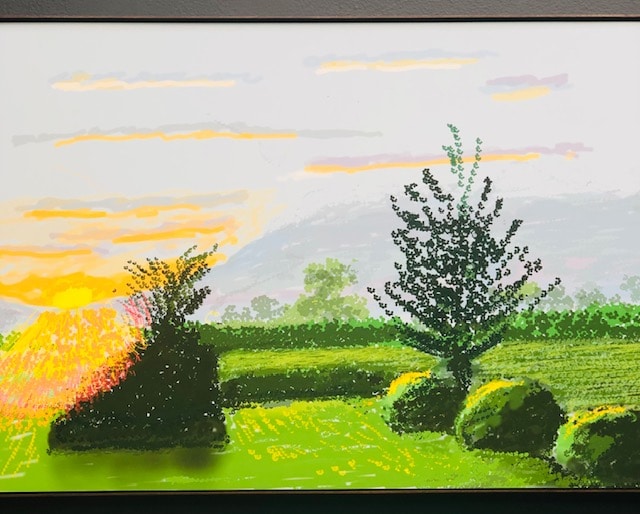Dir: Antoine Vitkine | France Doc 95′
Controversy has long surrounded this emotive work of art purportedly by Leonardo da Vinci. Like a beautiful woman, many men have struggled to win her and have succeeded, but then been deceived or outwitted. But the ‘Salvator Mundi’ represents more than just a depiction of Christ, it has a deeper resonance thanks to its title: ‘Saviour of the World’ capturing the zeitgeist of our fragile planet, that resonates beyond Christendom.
Best known in France for his TV outings: ‘Magda Goebels, First Lady of the Third Reich’ (2017) and ‘The President and the Dictator: Sarkozy-Kadafi’ (2015), journalist, writer and director Antoine Vitkine explores the painting’s eventful journey from discovery to oblivion so exposing the vagaries of the international art market. This is a lushly mounted sinuously-scored thriller, its twists and turns revealing some of the most powerful players in the art world, and those making money out of them. It’s a tale of backbiting, greed and hype that shows how leverage from a handful of key players can transform a virtually valueless piece to a painting commanding millions the following day in the hurly burly of market credibility.
From the opening scenes The Savior For Sale bristles with intrigue and skulduggery transporting us into the hushed homes and yachts of the super-rich from Paris to New York, London to Monaco. A masterpiece in investigative journalism the film’s cut and thrust only adds to its allure, showing how the ‘Salvator’s’ attribution to the legendary old Italian master would see its value rise to stellar heights, becoming “the most expensive – and coveted – painting in the world”.
Modest yet deeply resonant its depiction of a serene Christ – not unlike that of the Mona Lisa – the painting’s route to success comes courtesy of a fascinating group of protagonists whose roll-call plays out like a game of Cluedo. There is “The Expert” Martin Kemp; “The Dealer” Warren Adelson; “The Journalist” Scott Reyburn; “The Oligarch” Dmitri Rybolovlev and his Swiss right-hand man Yves Bouvier. Belgian art specialist Chris Deacon also makes his case, and soon the Saudis wade in with their billions. The aim is to prove that Leornardo was the painter, not simply his studio, and there’s a great deal to be gained – and lost – financially in the process. MT
SCREENING DURING SHEFFIELD DOC FESTIVAL 2021



